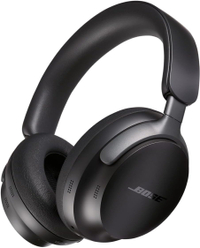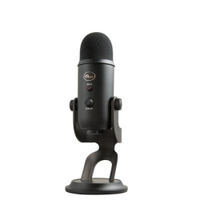How to soundproof your home office — 5 fixes for a distraction-free workday
Keep the noise at bay with these easy fixes

Nothing makes a workspace more conducive for knocking out tasks than a feeling of control over the noise level. But that control is hard to maintain if you're like me and you live in a noisy area with plenty going on outside.
Everything from gaps in your windows to bare spots on your walls can make the smallest of sounds into a headache-inducing aural nightmare. Luckily, you don't have to subject yourself to unwanted distractions if you can give yourself the time to invest in a few easy fixes, such as better window insulation and noise-canceling headphones.
If making your home office a quieter workspace is your priority, start off by trying these five quick fixes, none of which should cost you too much of your time or money.
1. Furnish your space

Minimalist offices may be sleek, but did you know that all that empty space is a breeding ground for reverberating noise? You've probably noticed while moving into a new house or apartment that there's much more of an echo there when you first turn the key than there is when you're all moved in. That's because there's nothing obstructing soundwaves as they pass through the open air.
One of the easiest ways to disrupt a sound's journey from the outside to your years is to have some furniture, wall art, and rugs in the way. The softer and thicker, the better. But anything is better than nothing.
Keep in mind that this won't stop noise from coming through your windows and walls in the first place, but it's incredibly effective at reducing their intensity. For more preventative measures, read on.
2. Install window insulation

If you live in an area that gets chilly in the winter, there's a decent chance you already know about this hack. But for those unacquainted, let me introduce you to the beauty of insulating foam window liners.
Sign up to get the BEST of Tom's Guide direct to your inbox.
Get instant access to breaking news, the hottest reviews, great deals and helpful tips.
These strips are made to keep warm air inside your home, but they can also stop sound from coming in. While your windowpanes will unquestionably block sound from flying directly into your home, filling the tiny gaps between each layer of your windows adds an extra layer of protection against anything that slips through the cracks.
If you're crafty with caulk, you can also fill gaps in your walls around your trim and doorframes. This may not block a noticeable amount of sound, but you'll at least spend less on heating and AC.
3. Get thicker curtains
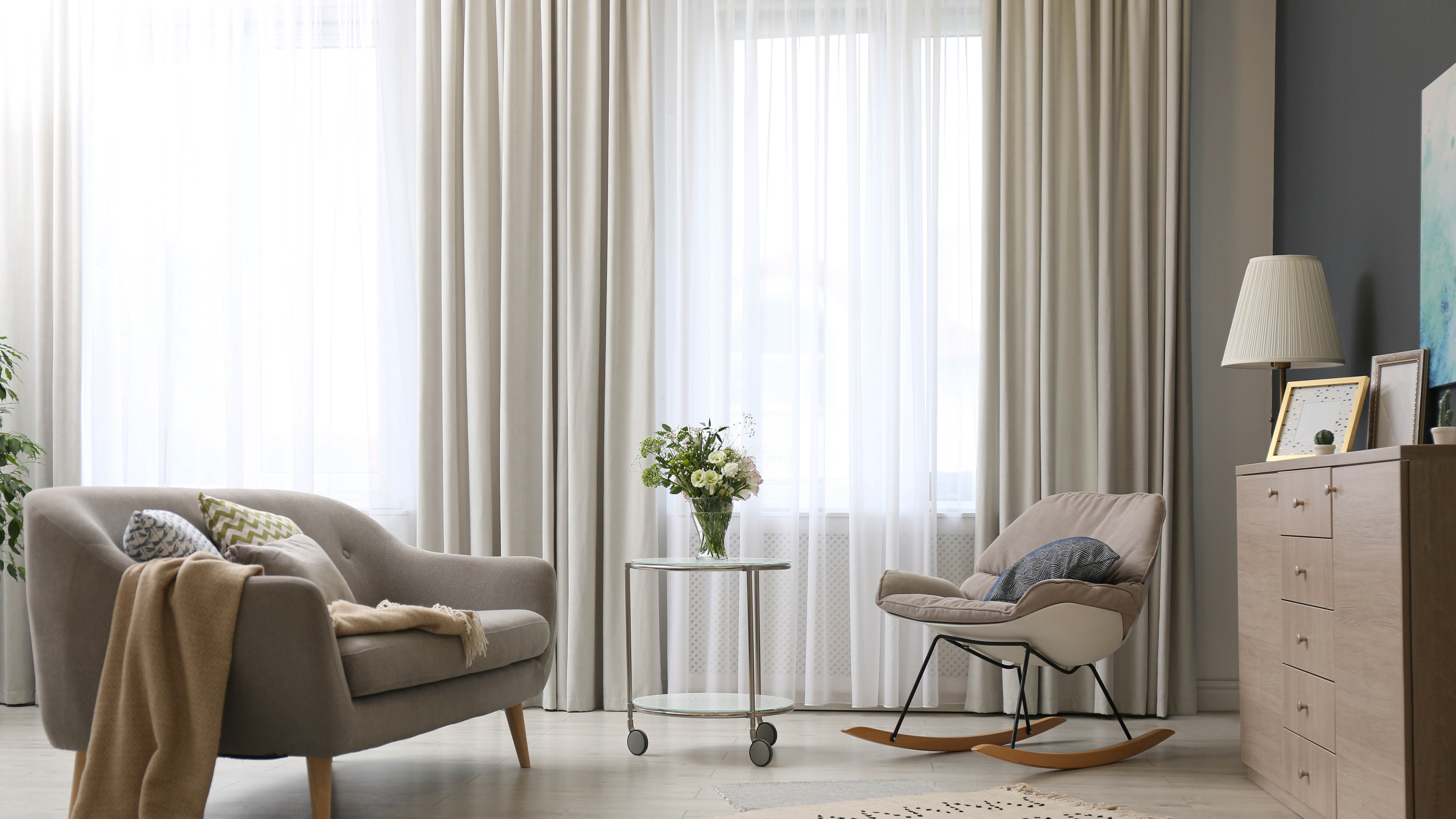
To add another layer of protection on top of your window insulation, and potentially boost your privacy, consider investing in thicker curtains. This soft barrier absorbs an incredible amount of sound when installed properly, and it can stop you from feeling like you're in a fishbowl if your office is at ground level on a busy block.
The thicker your curtains are, the more sound they'll absorb. They can also help keep heat in during the winter and block punishing sunbeams during the peak of summer.
If you like lots of natural light in your office, thick curtains might block out more sun than you'd like, but you can fix this by installing hooks on either side of your windows to hold your curtains out of the way when you don't need them.
4. Use noise-canceling headphones
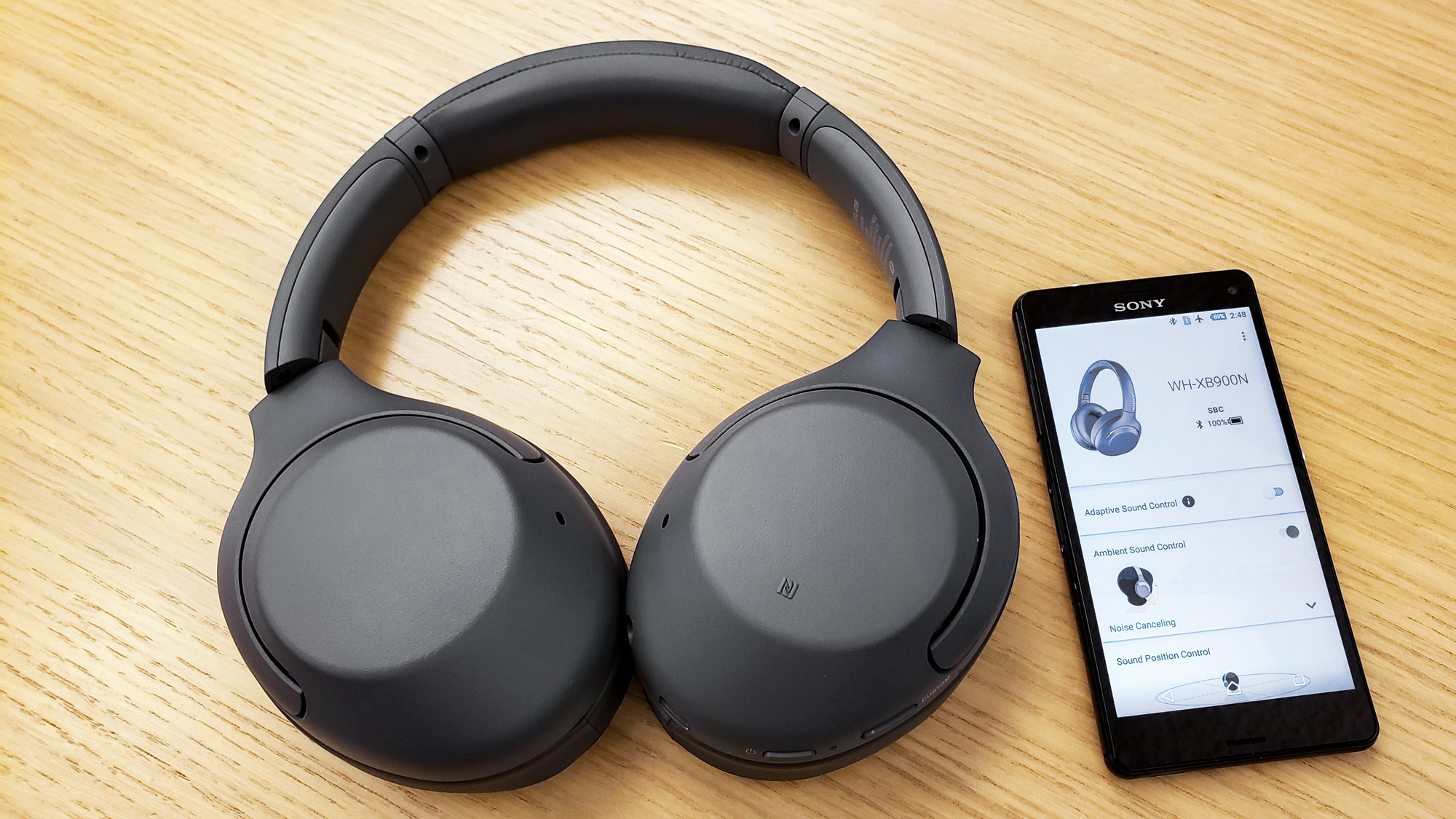
Headphones with noise-cancellation features are a game-changer when it comes to blocking out ambient sound. Not only can they fully eliminate unwanted frequencies, but you can take them anywhere. In other words, you can easily soundproof your own home office, your favorite table at the local café, a crowded bus with an internet connection, or any other unconventional or impromptu workspace.
The best noise-canceling headphones work by listening to ambient noise and blasting back soundwaves with the same frequency but opposing waves. When the two sounds meet just outside your ear, they cancel each other out. The result is flawless elimination of even the most persistent noise.
If you do invest in a quality pair, just be aware that this function can sometimes amplify ambient noise by mistake. On one of my last flights, I learned this firsthand when I noticed that my Beats Studio Pro headphones made the plane's engines even louder and more staticky. Luckily, this function is easy to disable on most models, and you can always block out the outside world with your favorite music instead.
With Bose’s top-of-the-line noise canceling on board, the QuietComfort Ultra headphones block out more noise than anything else out there. They’re incredibly comfortable as well, and the sound is amongst the best around.
5. Get a quality microphone
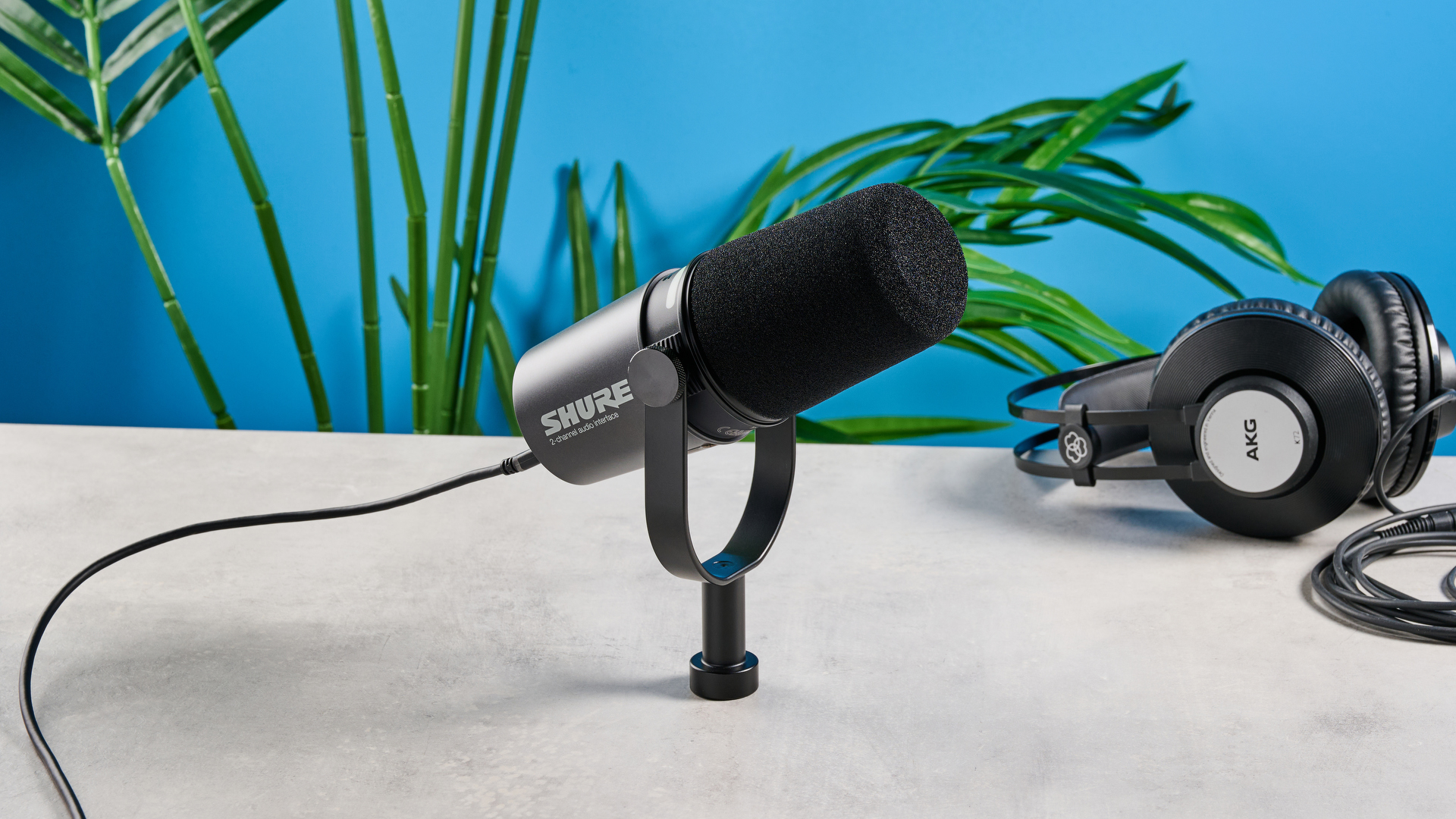
One of my fellow remote working friends told me recently about his qualms with his current mic setup, which he uses for meetings. His issue stems from the fact that his mic does nothing to drown out echoes and other ambient noise from inside his own home. He and I both know the solution: investing in one of the best microphones with noise-canceling features.
Much like headphones, microphones cancel out ambient noise by directly recording and interpreting it using an algorithm. Typically, this means your mic has two smaller mics, one of which listens to your voice while the other listens to the background noise. The algorithm then decides which noise to transmit and which to block out, leading to a cleaner audio input.
This fix may not keep extra sound out of your ears, but there's a good chance your colleagues will appreciate it when you're not fighting to speak over the buzz of your air conditioner or the rumble of your dishwasher.
The Blue Yeti is ideal for multiple applications. Whether you're gaming or streaming, the quality is good enough for semi-professional recording, let alone in-game voice chat or Discord banter, and is as simple to set up.
Quiet work is good work
Working from home presents its own set of unique challenges — thankfully, none of them involve a grueling commute, but they can still dig away at your peace of mind if you let them. Noise has been one of my most stubborn opponents as I've adjusted to remote working life, and I've done everything I can to make every workday just a little bit quieter than the last. The five ideas I mentioned here were the most effective for me.
While none of these fixes are perfect, any combination of them is certain to reduce the noise levels in your office space. Trust me: I've implemented almost all of them, and it has saved my sanity from utter doom.
More from Tom's Guide

Adam Schram is a staff writer covering home office gear for Tom's Guide, writing about everything from standing desks to comfy chairs to the occasional walking treadmill. Prior to his tenure with the team, he reviewed running gear for Runner's World, cycling gear for Bicycling, and the occasional Lego set for Popular Mechanics. Before he became a journalist, he was a bike mechanic in his home town of State College, Pennsylvania for almost seven years. Now, he's based in Philadelphia. He spends his free time ripping his bike around local trails, perusing the local music scene, and trying in vain to do the Sunday crossword without cheating.
